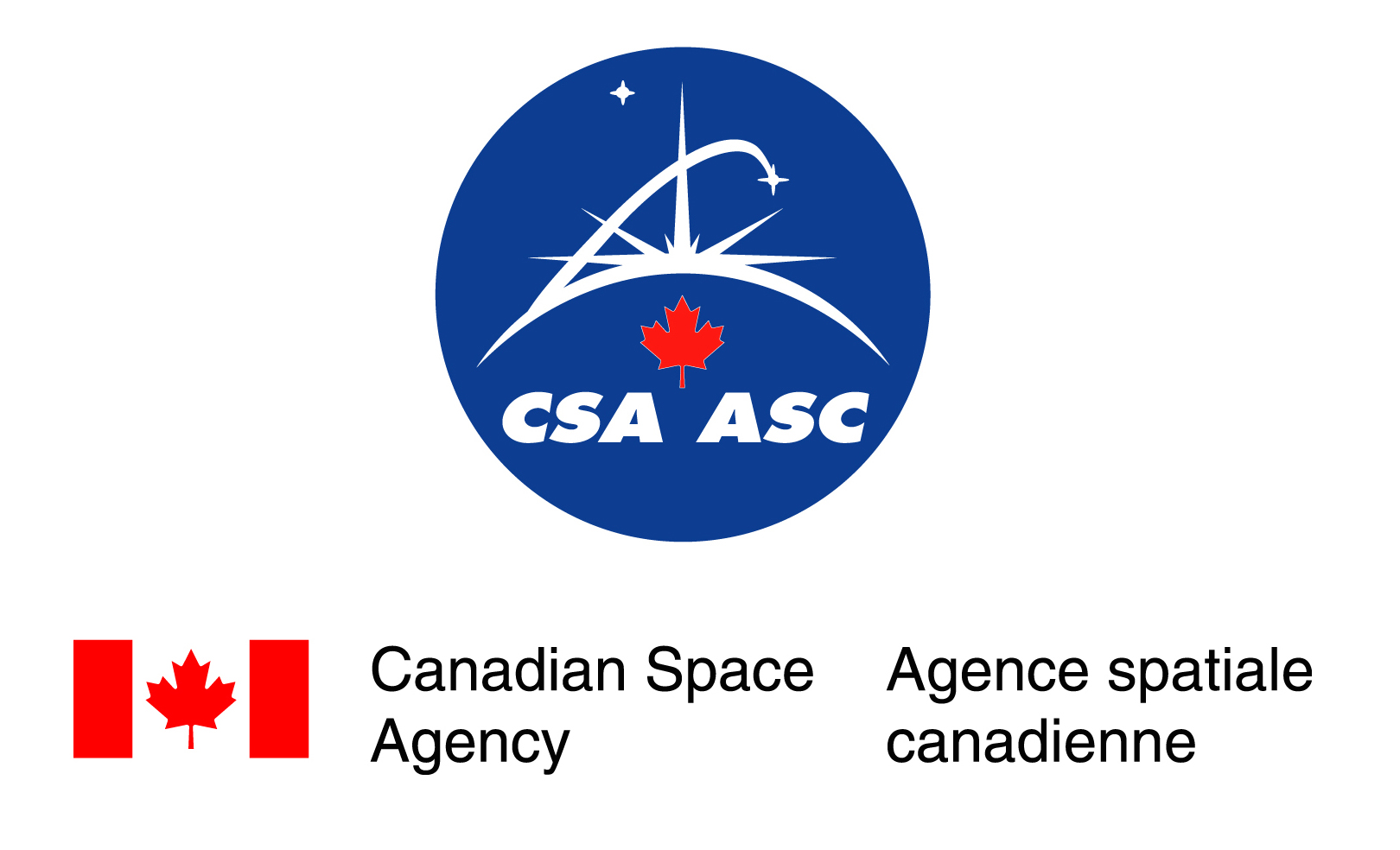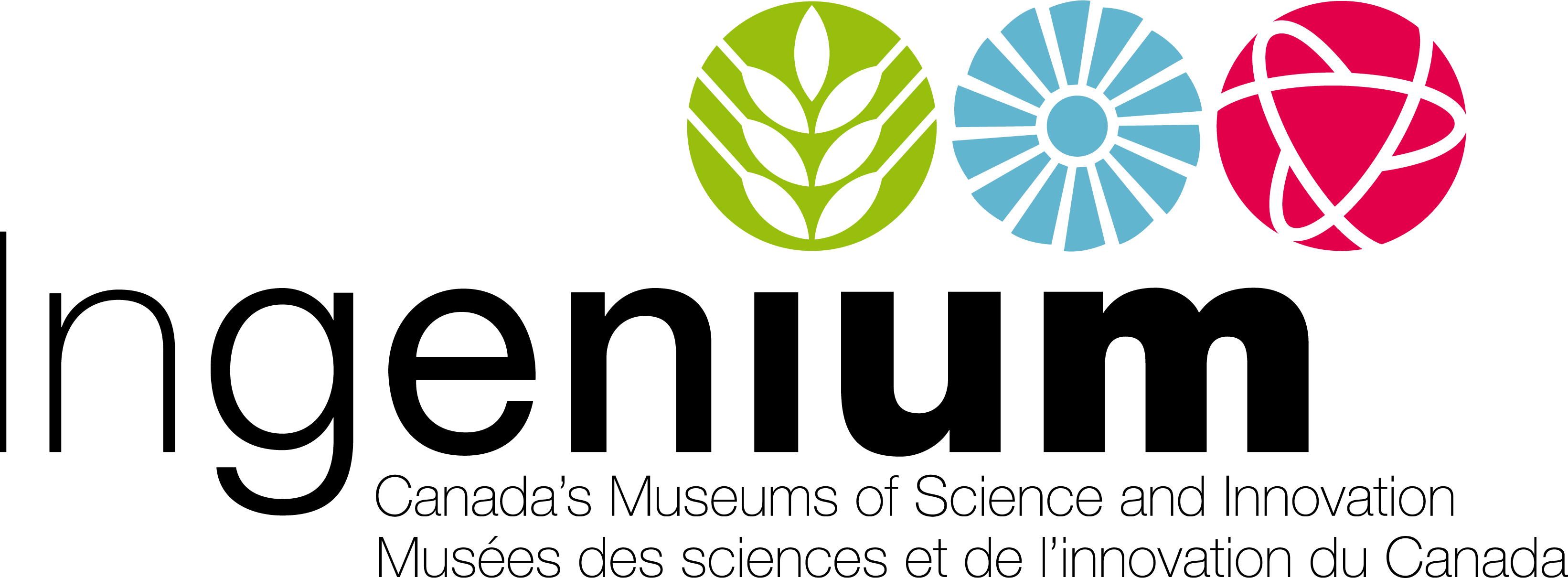Past Exhibits
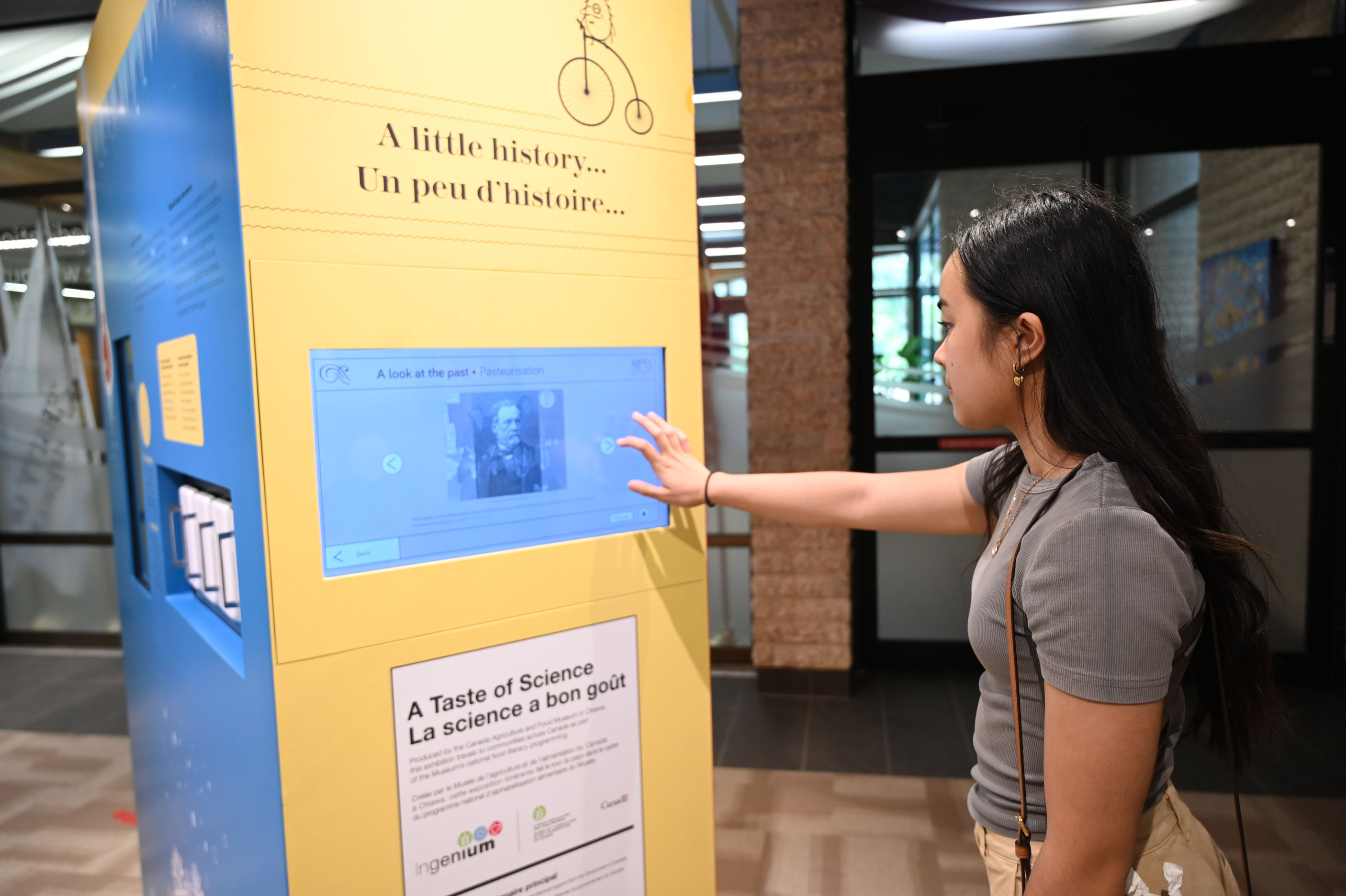
July 2 - November 2, 2024
Have you ever wondered why food spoils? A Taste of Science highlights the role science plays in delaying food decay and keeping food nutritious and safe for us to eat.
In this engaging experience, immerse yourself in an oversized “pantry” and discover what makes food spoil, and different food preservation techniques. You’ll find lots to feed your mind and imagination on the menu!
Produced by the Canada Agriculture and Food Museum, presented by Nestlé Canada, and supported by the Government of Canada and Bernardin.
Exhibit is displayed in both English and French.


![]()
Funding provided by the Exhibition Circulation Fund, Canadian Heritage, Government of Canada.
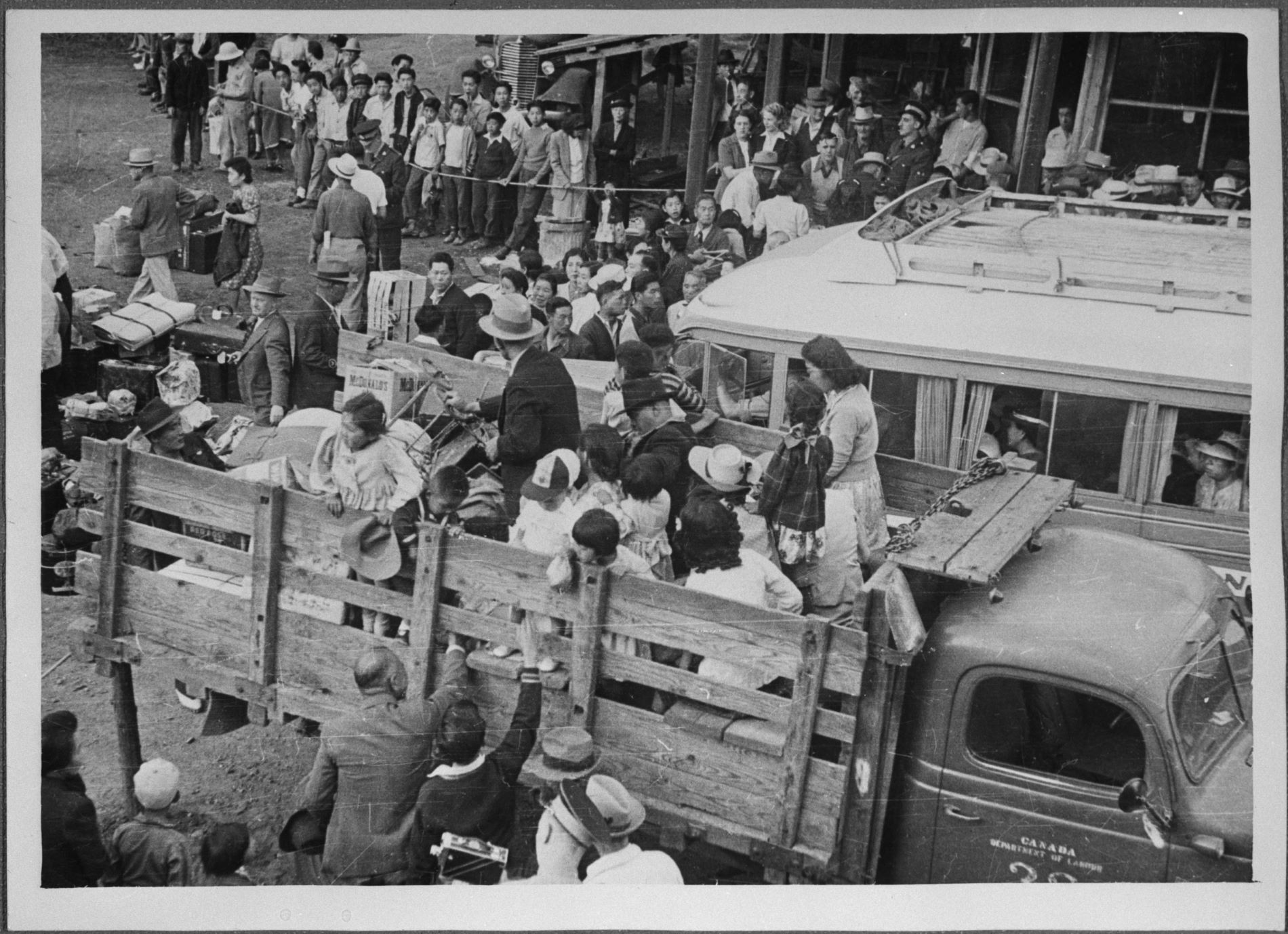
Lost Liberties: The War Measures Act will be on display from February 2 - June 22, 2024. Exploring the suspension of civil liberties in Canada during the First World War, the Second World War, and the 1970 October Crisis, Lost Liberties — The War Measures Act sheds new light on the enduring impact of the Act on Canada and its people. The travelling exhibition examines the internment of Canadians of Ukrainian origin and other nationalities during the First World War, the internment of Italian Canadians and the internment and forced relocation of Japanese Canadians during the Second World War, and the arrest of hundreds of people in Quebec during the 1970 October Crisis. Lost Liberties probes the crises that drove these tragic events, and features poignant first-hand accounts from the men, women and children who lived through them.
This exhibit was developed by the Canadian Museum of Histor and generously supported by a grant from the Endowment Council of the Canadian First World War Internment Recognition Fund.

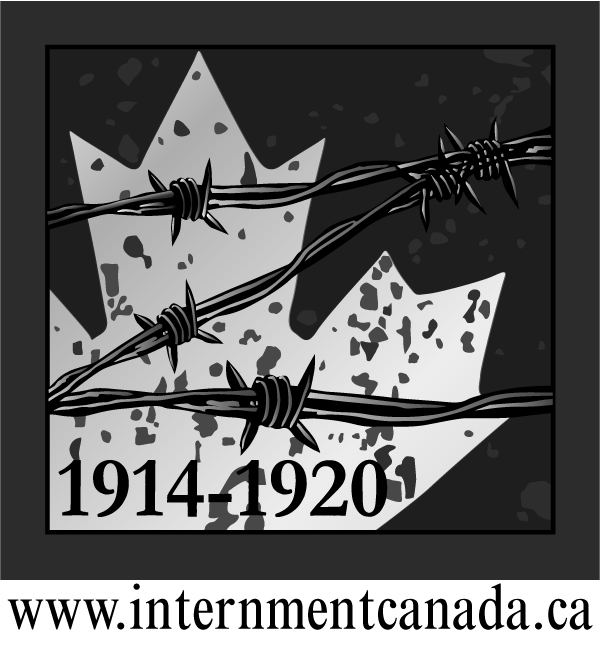
Funding provided by the Exhibition Circulation Fund, Canadian Heritage, Government of Canada.

Since 2001 Margruite Krahn has worked to restore and present 19th and 20th-century housebarns, as well as the material culture in Neubergthal, Manitoba, Canada, a Mennonite Street Village and National Historic Site.
The study of hand-painted floors in these buildings created by earlier generations of Mennonite women, has influenced her artistic practice. Her research, documentation, and restoration of wooden floors with painted patterns inspires her to re-imagine them in floor-cloths, as well as opening her eyes to the beauty she observes in earlier Mennonite culture.
She pays tribute to her female forbearers who built, designed, and decorated the floors of their homes within an austere, male-led religious ideology, with economic restrictions.
On display from September 27, 2023 through January 27, 2024
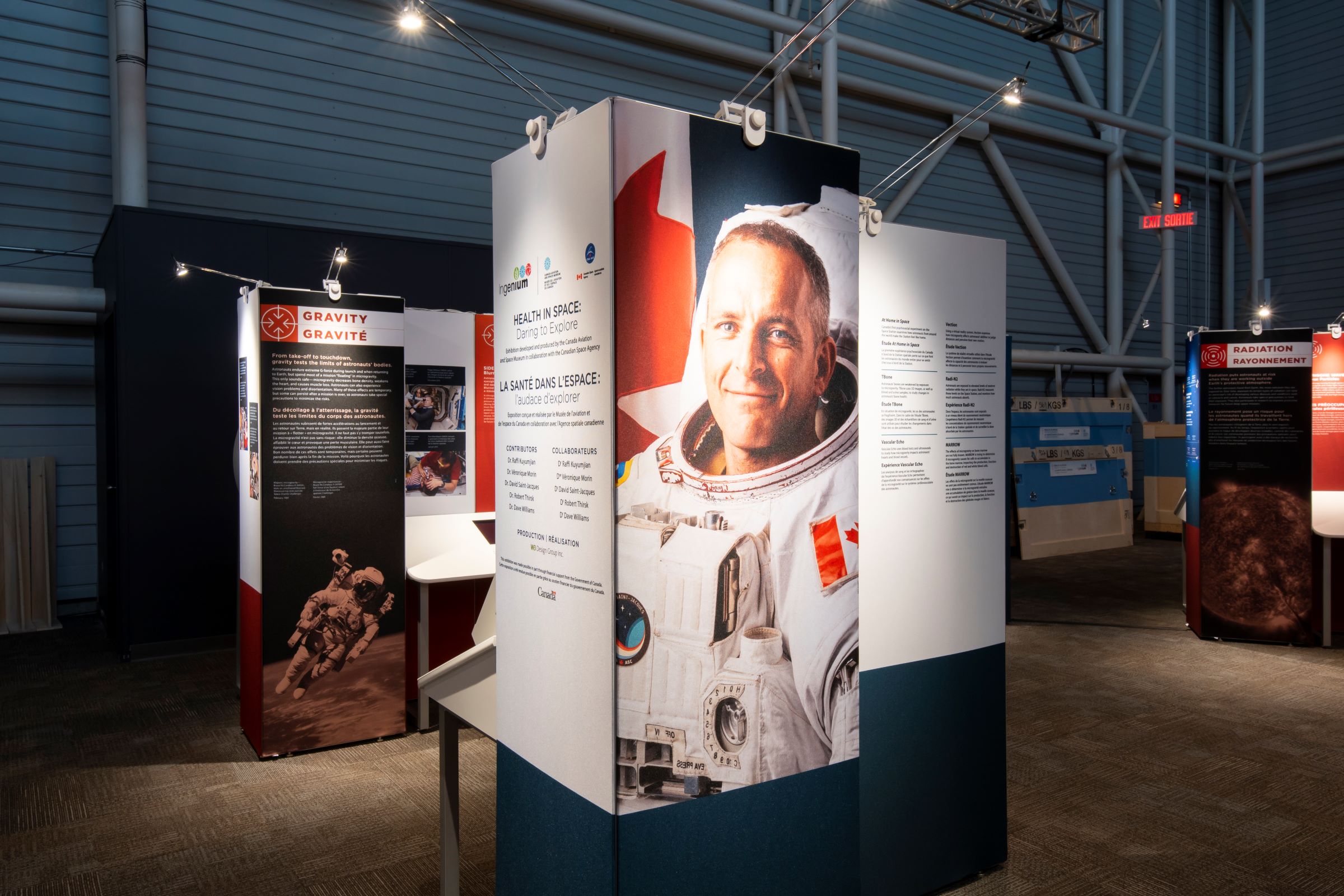
June 2 - September 10, 2023
Astronauts’ health is a top priority from the time they’re selected until well after their final mission.
Health in Space is a travelling exhibition that explores how gravity, radiation, and isolation all pose unique health challenges for astronauts living and working in space. Highlights include authentic artifacts, interactive experiences, and video interviews with Canadian astronauts. A featured section within the exhibition will profile David Saint-Jacques, a Canadian astronaut and medical doctor, and his mission to the International Space Station.
* Exhibit is displayed in both English and French.
![]()
This travelling exhibition was developed and produced by the Canada Aviation and Space Museum in collaboration with the Canadian Space Agency.
![]()
Funding provided by the Exhibition Circulation Fund, Canadian Heritage, Government of Canada.
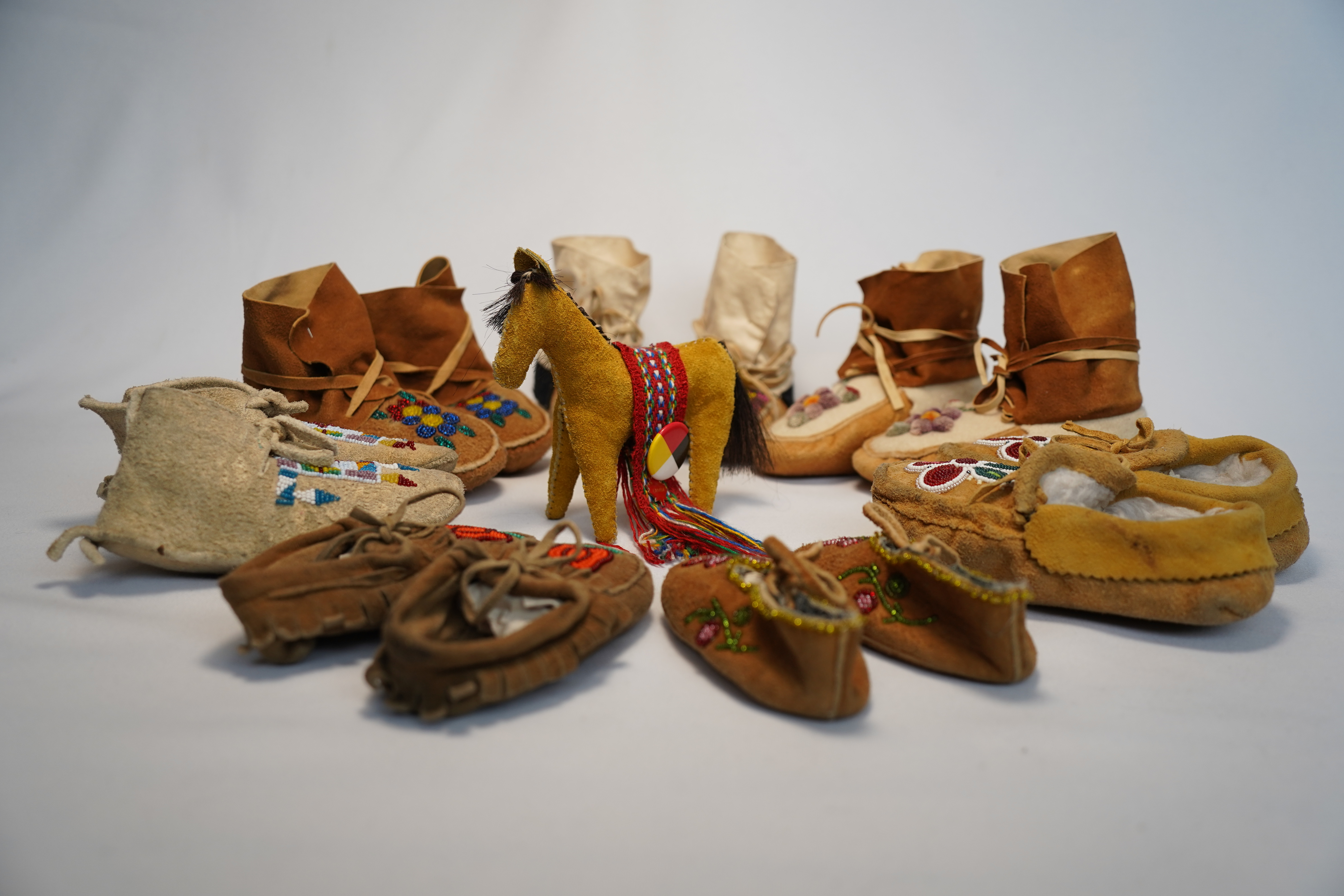
NEW EXHIBIT: February 15 – May 19, 2023
Artist Statement
This collection features original artworks created by Métis artist Leah Marie Dorion on the theme of Opikinawasowin: Growing Métis Children.
This series of collected artworks were created by Leah Marie Dorion from 2015-2021 and are a combination of children's book illustrations and other independent artworks from her private collection. This show reflects Métis cultural symbolism, worldview, characters, and teachings that are a hallmark of her artistic practice to tell the story of growing Métis children.
The book illustrations are on loan from the Mann Art Gallery and were donated by Leah to the gallery to be properly curated and used for educational purposes. Her children’s books are still published and available from Strong Nations Publishing in British Columbia.
This collection also debuts artwork and artefacts from Leah's personal collection that was created to tell the story of Métis child rearing and development. Many of her illustrations and original artwork are deeply influenced by Métis Elders' teachings, which are available in her Master's Thesis (2010).
May we all be inspired by the spirit of love that forms the heart of this art show and remember that we all have a role to play in "growing children".
Leah Marie Dorion
This exhibit is funded by Sask Lotteries Trust Fund for Sport, Culture, and Recreation.

NEW EXHIBIT: February 8 – May 27, 2023
Paul Henderson scores the winning goal in the 1972 Summit Series. A little boy runs after his father marching off to war. Terry Fox is silhouetted by headlights of a police cruiser on his Marathon of Hope.
Exploring unforgettable moments in our history, the travelling exhibition Snapshots of Canada pairs compelling images with texts by well-known authors, journalists, and historians. Images ranging from high drama to simple joy are tangible reminders of the triumphs, failures, and sacrifices that have shaped our country.
* Exhibit is displayed in both English and French.
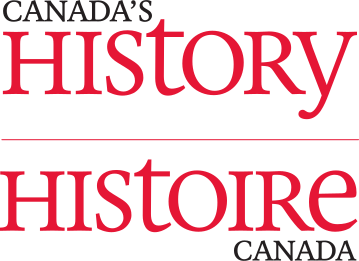

A travelling exhibit developed by the Canadian Museum of History and Canada’s History Society.
![]()
Funding provided by the Exhibition Circulation Fund, Canadian Heritage, Government of Canada.
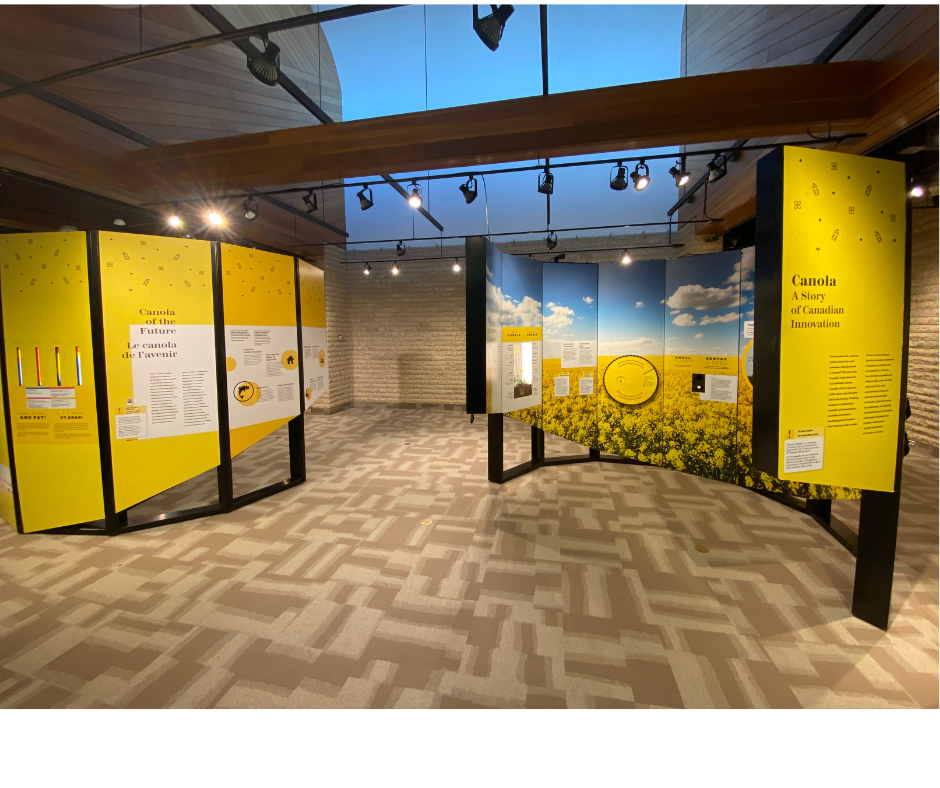
It does not get any more Canadian than Canola! Canada / ola (oil low acid).
September 7, 2022 - January 28, 2023
PRESS RELEASE
How does a plant breeding innovation become, in just a few decades, the most profitable commodity for Canadian farmers? Part of its success is due to its versatility—this crop is used as a healthy culinary oil, a protein source for animals, to power cars and much more. Today, the canola industry contributes billions of dollars to the Canadian economy!
Produced by the Canada Agriculture and Food Museum to mark the 50th anniversary of this ‘Made in Canada’ crop, Canola: A Story of Canadian Innovation explores the science behind the development, cultivation and future of this crop, as well as its uses in industries from food processing to transportation. Discover Canola through your five senses and immerse yourself within the environments of the two bright yellow pod-shaped structures—a canola field, and a processing plant.
![]()
This exhibit was produced by the Canada Agriculture and Food Museum in partnership with CanolaEatWell.com, Alberta Canola Producers Commission, Manitoba Canola Growers, SaskCanola, Canadian Canola Growers Association, Canola Council of Canada, and Agriculture and Agri-Food Canada.
![]()
This exhibit is funded by the Government of Canada.

July 2022 - August 2022
Women have made significant contributions to STEM – and continue to do so – but their stories are often untold. Why is that? This travelling display shared some of these stories and provided recognition for the crucial role of women in STEM.
Through text and images, this exhibit from Ingenium-Canada's Museums of Science and Innovation told the stories of historical and contemporary women in STEM, their scientific contributions as well as their challenges in the face of persistent systemic barriers.
This exhibit was made possible through funding by the Government of Canada.
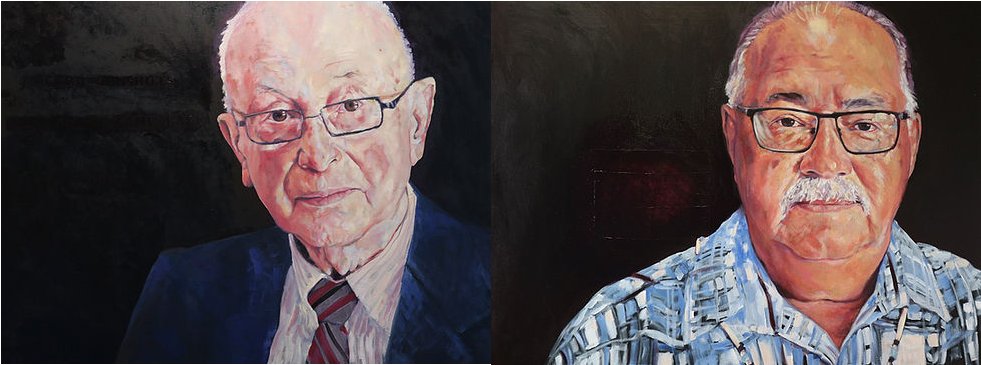
November 2021 - February 2022
In April 2016, artist Carol Wylie attended the Saskatoon Holocaust Memorial service. As survivor Nate Leipciger spoke of his horrifying experiences in a Nazi death camp, and his ongoing efforts to educate and shed light on these atrocities, she was struck anew by the extent of abuse a human being can endure at the hand of another. Several events followed that service, and Carol was reminded of the residential school experience of 150,000 Indigenous children.
Indian Affairs Superintendent Duncan Campbell Scott, in 1910, called residential schools “The Final Solution,” preceding Hitler’s similar pronouncement regarding the “Jewish problem.” Separating families, cutting hair, taking away names and assigning numbers were oppressive methods of dehumanizing and othering. Interestingly, both groups of survivors have connected around strategies of survival and healing. Holocaust Survivor Robert Waisman, who meets with Indigenous Survivors and talks about his experience at Buchenwald, speaks of “a sacred duty and responsibility” toward helping residential school survivors heal. He states, “we cannot, and we should not, compare sufferings. Each suffering is unique…I don’t compare my sufferings or the holocaust to what happened in residential schools. We did it [survived] – so can you.” Both Indigenous Survivors and Jewish Survivors speak of a solidarity forged from the shared need to find ways of healing personal and generational trauma in the wake of horrendous abuse and attempted genocide, and to educate.
This exhibition consists of eighteen portraits of Jewish Holocaust and Indigenous Residential School Survivors. In Jewish tradition, eighteen represents the word 'chai', which means life. Themes including trauma, ongoing recovery, shared pain, and the indomitable human spirit, are central to this work. With numbers of Holocaust Survivors dwindling, and the same eventual loss of Residential School Survivors, these portraits remain and continue to reflect the strength and courage of these individuals.
*L: Carol Wylie, "Robbie," 2018, oil on canvas, 36" x 48" R: Carol Wylie, "Eugene Arcand #781," 2017, oil on canvas, 36" x 48"
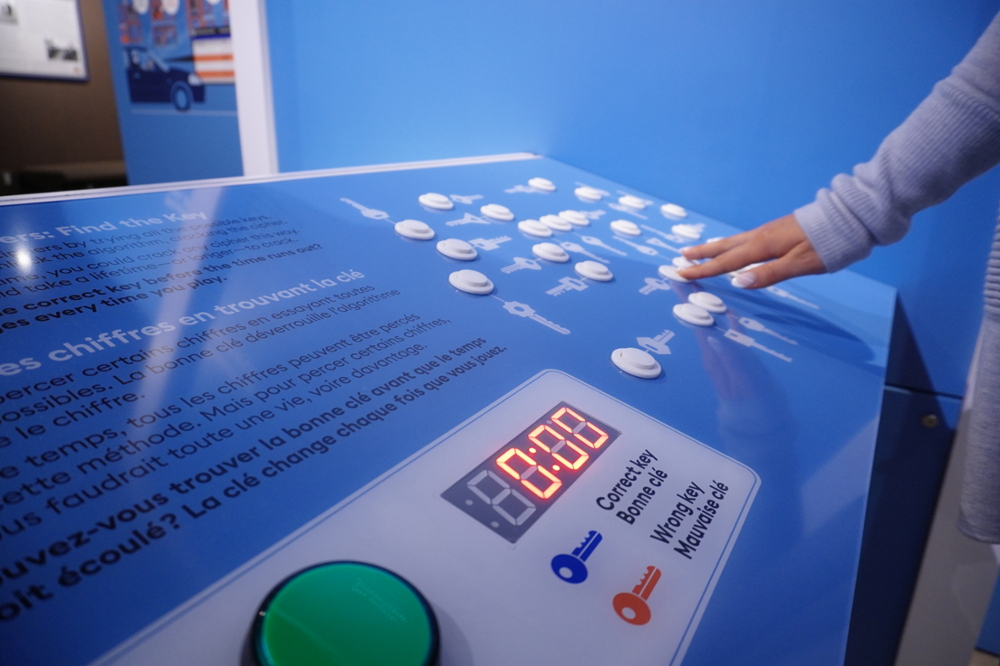
July 2021 - September 2021
This interactive exhibition from Ingenium - Canada’s Museums of Science and Innovation, developed in partnership with the Communications Security Establishment, explored the past and present of communications cryptology—what it is, how it works, and how it affects our lives. Visitors saw an authentic Enigma cipher machine, and tried their hand at logic puzzles and games to see if they had what it takes to work in the field of cryptology!


This exciting exhibit was made possible in part through a contribution from the Museums Assistance Program, Department of Canadian Heritage.
![]()

July 2019 - October 2019
Can you tell the true object from the fake? This interactive exhibition presents 115 real and fake objects that run the gamut from historical specimens and cultural artifacts to household items and designer name brands. Visitors of all ages are invited to guess which objects are real and which are clever fakes. Learn how to tell authentic pieces from sly forgeries and discover the fascinating lengths forgers will take to hoodwink the unwary.
ABOUT THE EXHIBITION
This exhibit provides hints on how to tell the real from the fraudulent and provides the visitor with a chance to guess an authentic artifact or specimen from an almost identical forgery. Fakes and Forgeries features items from the Royal Ontario Museum’s collection, spanning the Museum’s dual mandate of Natural History and World Cultures.
Displays include modern knock-offs ranging from black market DVDs, to designer brand clothing and accessories, to counterfeit computer software, to counterfeiting currency and an array of counterfeit bank notes.
This exciting project has been made possible thanks to the exhibition’s Presenting Sponsor Microsoft Canada, Education Partner the Bank of Canada and in part through a contribution from the Museums Assistance Program, Department of Canadian Heritage.
![]()
![]()
Presenting Sponsor | Microsoft
Educational Partner | Bank of Canada
Contributors | Canadian Anti-Counterfeiting Network, Kestenberg Siegal Lipkus LLP
Government Partner | Canadian Heritage
Funded by | Government of Canada
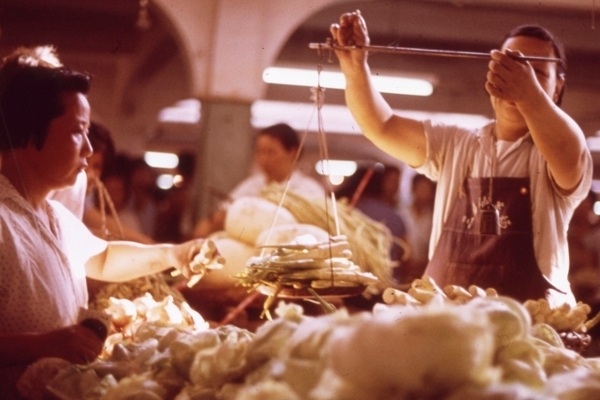
March 2019 - June 2019
China Through Saskatchewan Eyes: Evelyn Potter’s 1971 Journey featured a sampling of more than 1,150 photographs taken by Evelyn Potter in 1971, when she travelled to China as a member of a historically significant delegation. Co-curated by Evelyn Potter, Dr. Liang Zhao (PhD), a professor from Sichuan University (China), and Dr. Keith Thor Carlson (PhD), a University of Saskatchewan history professor, the exhibit’s evocative pictures of city, farm, school, family and factory life provide an intimate view of Chinese society at the mid-way point of the Great Proletarian Cultural Revolution.
In 1971, following the opening of formal diplomatic relations, the first Canadian delegation (led by University of British Columbia faculty) travelled to China to promote cultural exchange and understanding. However, a mere month before, the trip had almost been cancelled when the Chinese government discovered that there were no farmers in the group. The Chinese demanded that a “peasant” representative be included, and the delegation’s organizers turned to Evelyn Potter, the first women’s president of the recently created National Farmers’ Union (NFU). Potter agreed to join the delegation, and her participation was significant in motivating a series of subsequent Canada/China farmer-peasant exchanges organized through the NFU and the Canadian co-operative movement.
This exhibit offered glimpses into Potter's experiences and perspectives, as revealed in the images captured through her camera lens. Further, these pictures serve to remind us of the on-going importance of Canada’s farm communities and agricultural sector in opening and shaping modern relations with the People’s Republic of China.
While the photos in the exhibit are of China, in many ways the story is about Potter, a Saskatchewan farmer who had only been partially aware of the significant role she was playing in building awareness and understanding between the politically divided East and West.
Funded by:
- Keith Thor Carlson, Research Chair in Indigenous and Community Engaged History, University of Saskatchewan
- The College of Arts & Science, University of Saskatchewan
- The Confucius Institute at the University of Saskatchewan
- “From the Ground Up”: Buddhism and East Asian Religions (FROGBEAR), Department of Asian Studies, University of British Columbia

December 2018 - March 2019
An exhibit of artwork created by David Campion and Sandra Shields. Produced and circulated by The Reach Gallery Museum Abbotsford. Curated by Laura Schneider.
Grand Theft Terra Firma is an unflinching redress of Canada’s colonial narrative. By combining contemporary popular culture with historical source material, artists David Campion and Sandra Shields disrupt the celebratory mythology of nation building and invite us to critically evaluate our own continued and complicated relationship to colonial practices. As the title suggests, the exhibition appropriates the language of digital gaming to reframe the settlement of Canada as a complex heist. Specifically, the title refers to Grand Theft Auto, a series of popular video games considered highly controversial, in part because they require players to commit violent and immoral acts to achieve gaming success. Borrowing from this, the exhibition unfolds as a strategy guide to an imaginary video game based on historical events occurring within S’ólh Téméxw, now more commonly known as British Columbia's Fraser Valley.
The artists’ use of gaming, satire, and humour provides entry points into difficult knowledge. These strategies encourage us to consider how history can become mythologized in its telling. The exhibition thus supports discussions around emergent notions of personal awareness and responsibility in the process of decolonization, and emphasizes the potential for art to promote critical discourse in divided societies.
The Diefenbaker Canada Centre would also like to recognize and thank the University of Saskatchewan's departments of History and Indigenous Studies for their financial and in-kind support of the exhibit.

